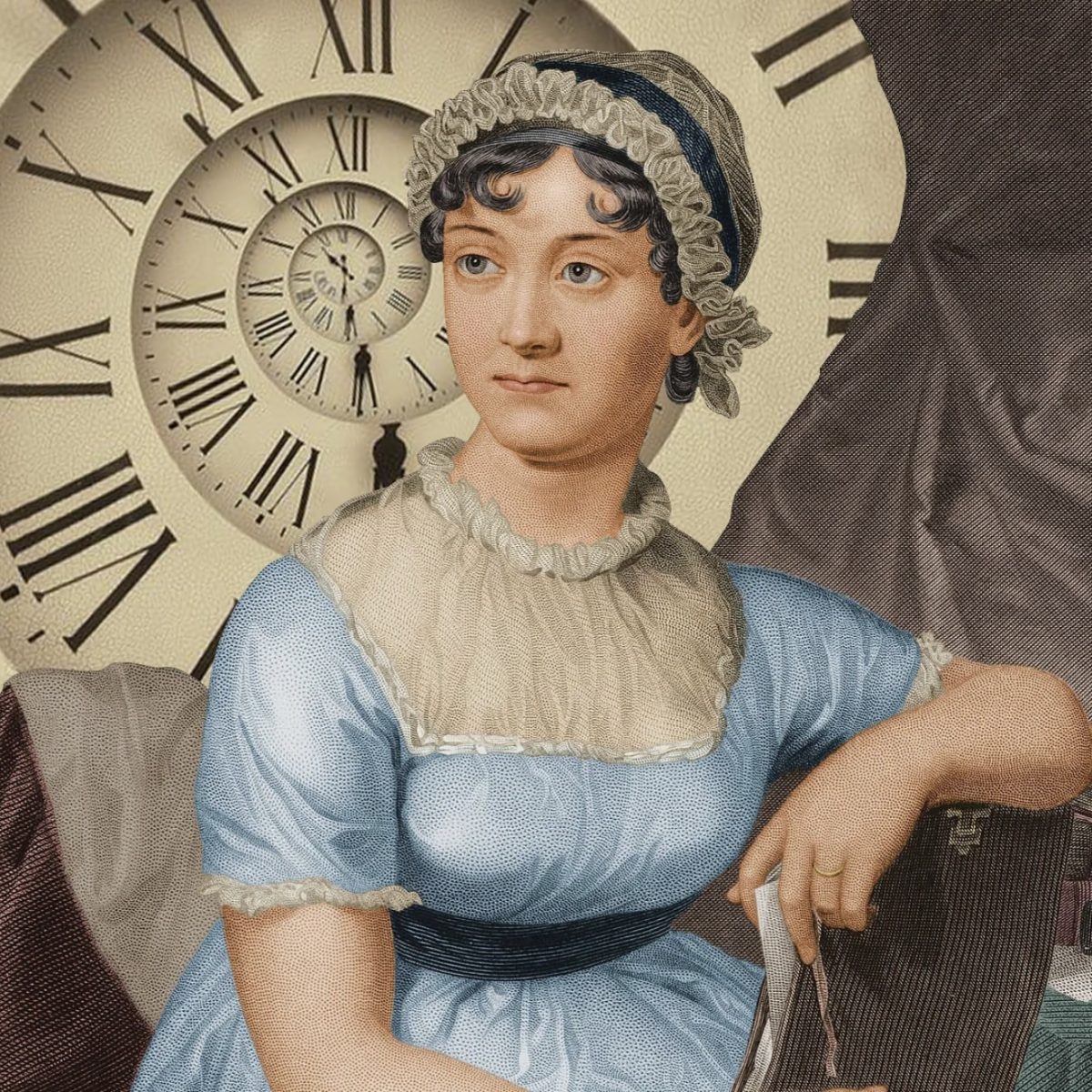Who Betrayed Anne Frank?

Anne Frank in 1942.
January 31, 2022
Anne Frank may be one of the most famous casualties of the Holocaust, the diarist and her family along with another Jewish family and a Jewish dentist were captured on Aug. 4, 1944, when Anne was only 15 years old. The Jews hiding in the so-called “secret annex” hid for a little over two years before they were discovered. The question remains, who betrayed the Franks and the others living in the annex? Researchers and historians believe that they have a new lead suspect in the case.
A group of researchers led by former FBI agent Vincent Pankoke began to look into this case back in 2016. The Washington Post reported that “since 2016, he has looked for clues in the Netherlands, using modern artificial intelligence software to cross-reference millions of documents — police reports, lists of Nazi spies, investigative files — to find connections and new leads.” Investigators revealed their lead suspect to be a man by the name of Arnold van den Bergh. van den Bergh was a Jewish notary who served on the city’s Jewish council during the war which would have given him access to a list of locations where Jews were known to hide. Researchers found that many members of the Jewish city council were sent to a concentration camp while van den Bergh stayed in the Netherlands. van den Bergh died in 1950. In an interview with “60 Minutes” Pankoke commented that the secret annex is one of the most visited crime scenes in the world. People visit every day wanting to learn more about Anne and the Holocaust. Pankoke later recalled that there was no evidence that van den Bergh knew any of the Jews, including the Franks whose locations he gave away. He may have just been in a tight spot and given the list over to the Nazis and the Gestapo (the German police) to save his own family and himself.
Many people on the other hand are doubtful that van den Bergh is the culprit as there was only one piece of evidence, a handwritten anonymous letter written to Otto Frank naming van den Bergh as the person who betrayed his family. The letter had been overlooked in previous investigations. Peiter Van Twisk, another member of the investigative team, recalled that there was originally a list of 32 suspects and after research, only four remained, including van den Bergh who is their lead suspect. Research suggests that Otto Frank knew that it was van den Bergh who gave away his location. CNN reports that “Van Twisk speculated that Frank’s reasons to remain silent about the allegation were likely that he could not be sure it was true, that he would not want the information to become public that could feed further anti-Semitism and that he would not want Van den Bergh’s three daughters to be blamed for something their father might have done. Otto ‘had been in Auschwitz,'” Van Twisk said. “He knew that people in difficult situations sometimes do things that cannot be morally justified.” According to the Washington Post, it is unlikely even with a suspect to prove anything or to be 100 percent sure on anything because most of the witnesses are gone and most of the evidence has been lost. Additional information about this investigation and the betrayal of the Franks can be found in a newly published book titled, “The Betrayal of Anne Frank: A Cold Case Investigation” written by Rosemary Sullivan. Arnold van den Bergh passed away in 1950.
Fearing that they may be harmed, the Frank family moved to Amsterdam in 1933 when Adolf Hitler became chancellor of Germany and started to create more restrictions on Jews in Germany. Anne stayed behind with her grandmother although in 1934 she was reunited with her family. Her father was a business owner. Anne started school in 1935 and created a reputation for being energetic and popular. The Frank family consisted of Anne’s father Otto Frank, her sister Margot Frank, her mother Edith Frank, and herself. In July of 1942, Anne’s sister Margot received a letter informing her that she would be required to report to a work camp. The family decided that they must go into hiding not too long after the letter arrived–Anne was 13. The family hid in Otto Frank’s business office and according to History.com left a false trail suggesting that they had fled to Switzerland. The van Pels joined them a week later with their son Peter–Otto Frank knew Hermann van Pels from work. The families living on the top floors of Otto Frank’s office had help from some of Otto’s employees including his secretary Miep Gies. Gies eventually helped her Jewish dentist by bringing him to the secret annex in 1942–Franz Pfeffer was Anne’s roommate for the rest of the time they were in hiding. Anne received a diary for her 13th birthday a month earlier and used it to document her feelings, daily events and many other events.

On Aug. 4, 1944, the residents of “the secret annex” were discovered by the Gestapo and arrested. The Gestapo had learned about the annex from an anonymous tipster 25 months after its inhabitants were in hiding. The group was sent to Westerbork holding camp in the Netherlands. They were then transported by freight train to Auschwitz-Birkenau–an extermination camp. Otto Frank stayed in Auschwitz and was the only person among those who hid in the annex who survived the Holocaust. Anne and Margot were spared from the gas chambers and were sent to Bergen-Belsen instead. Anne and Margot died of Typhus a month before the camp was liberated. However, in recent years, historians have begun to think that based on various testimony Anne and Margot may have contracted Typhus long before previously believed. Historians do know that Anne died after Margot. Typhus was not uncommon to contract at the Bergen-Belsen camp. It was a disease that was carried by lice, and from the testimonies of the survivors of that camp, Anne’s clothes were infested with lice so much that she was wrapping herself in a blanket without any clothes. Friends of Anne’s from the camp recall that she was very positive and hopeful that she would make it out of the camp. Edith Frank also stayed in Auschwitz but died of starvation in Jan. 1945. Hermann van Pels died in the Auschwitz gas chambers shortly after his arrival. Auguste van Pels died at the Theresienstadt camp in the Czech Republic. The van Pels’ son Peter died at the Mauthausen camp. Pfeffer died from illness in 1944. Otto Frank was liberated from Auschwitz on Jan. 27, 1945, by Soviet troops.

After liberation, Otto Frank returned to Amsterdam and the secret annex as soon as he could. After the group was arrested the Nazis took many things from the annex. After they left, Gies went upstairs to Frank’s bedroom and found Anne’s diary papers scattered on the floor. She collected them and when Otto Frank arrived in Amsterdam she returned the papers to him. Gies had recovered five notebooks and 300 pages of looseleaf paper filled with Anne’s writings. Margot was also known to have kept a diary but it was never found. Anne had hoped to be a writer or a journalist. According to History.com, Anne was inspired to edit her diary after hearing a radio broadcast urging the Dutch people to keep journals and letters to provide a record of what life was like under the Nazis. Anne always hoped that her wartime writings would be published. Otto compiled her writings into a manuscript and gave it to many publishers but was rejected by most of those publishers for being too depressing. Eventually, “The Diary of a Young Girl” was published in the U.S. and quickly became an international sensation. Anne’s diary is one of the only remaining written experiences of a Jew who went into hiding. “The Diary of a Young Girl” sold over 10 million copies worldwide and is required reading in most middle schools. It has been adapted for the stage and the screen.
To honor Anne, the Anne Frank House opened in 1960. According to the website for the museum, “The Anne Frank House was established on 3 May 1957 in cooperation with Otto Frank, Anne Frank’s father. [They] are an independent non-profit organization that runs a museum in the house where Anne Frank went into hiding and [they] try to increase awareness of Anne’s life story all over the world.”

Every year on Holocaust Remembrance Day, January 27, people all around the world remember the 6 million Jews who were killed during the Holocaust. Holocaust Remembrance Day was established after Resolution 60/7 was passed by the UN, which “declared that the United Nations would designate 27 January, the anniversary of the liberation of the Auschwitz death camp, as an annual International Day of Commemoration in memory of the victims of the Holocaust.”





















